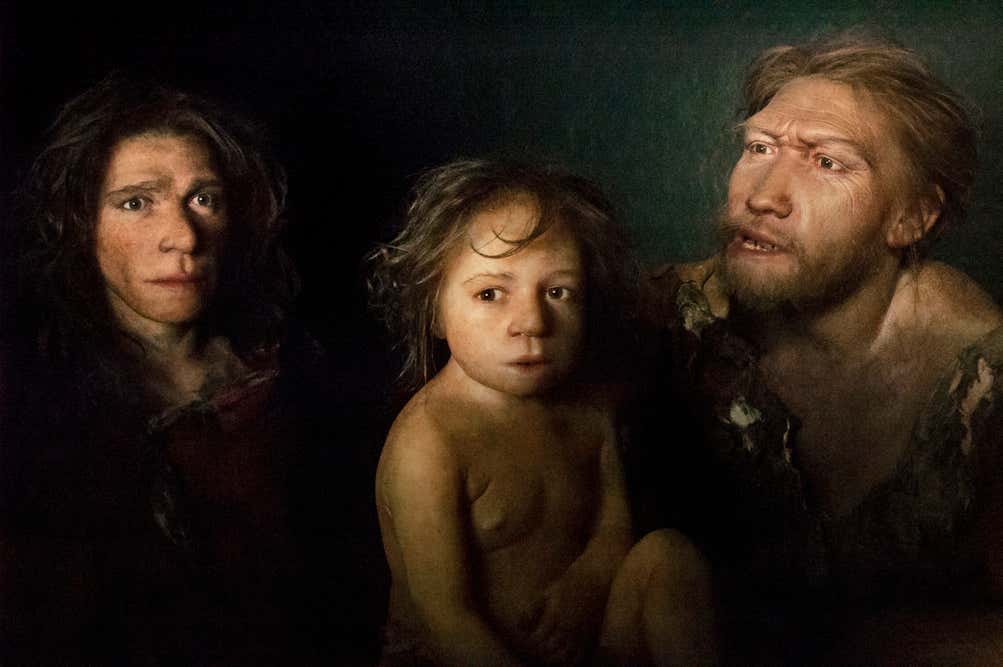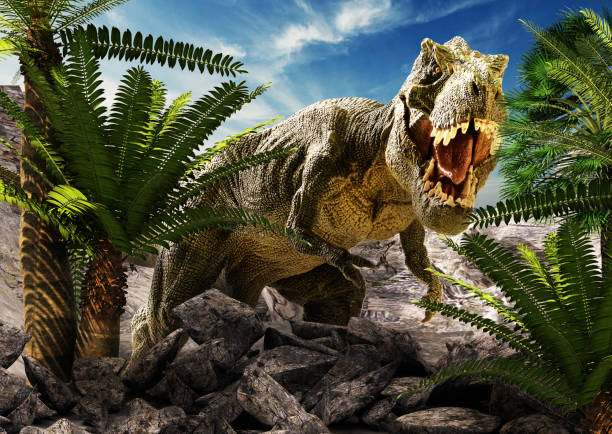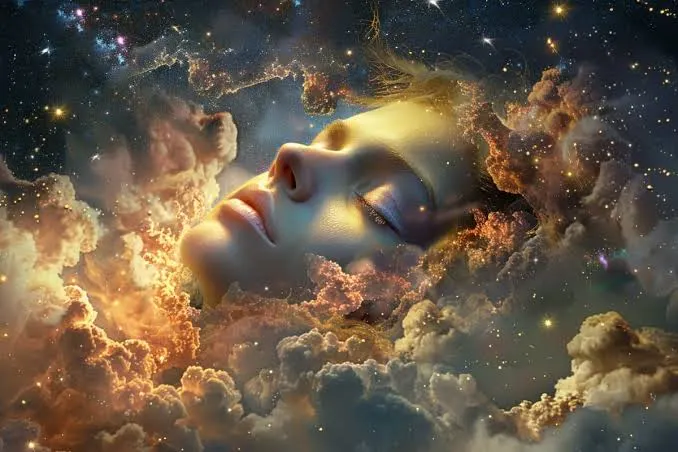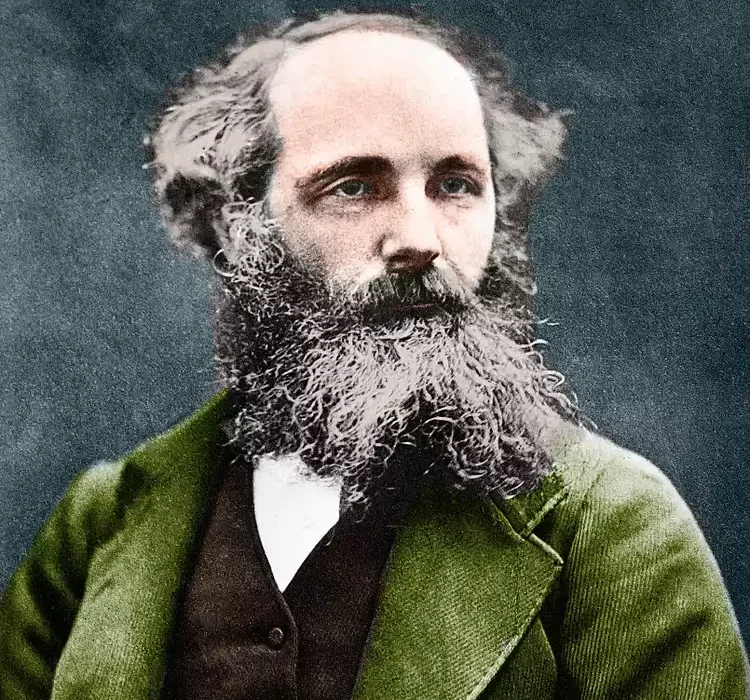Human evolution is one of the most fascinating and mysterious stories ever told. It is the tale of how a small population of apelike creatures roaming the African savannas eventually gave rise to modern humans, a species capable of art, science, space travel, and self-reflection. Yet, for all our progress, the journey of our ancestors was anything but straightforward. Along the way, countless strange twists, bizarre adaptations, and unexpected turns shaped who we are today.
The study of human evolution reveals not only the survival strategies of our ancestors but also the quirks that make our species truly unique. From vanishing species to ancient interbreeding, from strange anatomical leftovers to baffling behaviors, the story of human origins is filled with oddities that continue to amaze scientists.
In this article, we’ll explore twenty of the most bizarre and surprising facts about human evolution—facts that highlight just how strange and unpredictable our journey from ancient primates to modern humans has been.
1. We Are Partly Neanderthal
Modern humans did not evolve in isolation. When our ancestors left Africa around 60,000 years ago, they encountered other human species—most famously the Neanderthals. Instead of simply replacing them, our ancestors interbred with them.
As a result, today, most people outside of Africa carry 1–2% Neanderthal DNA. These genetic traces influence everything from our immune system to skin and hair traits. Some genes inherited from Neanderthals even affect how our bodies respond to diseases and infections.
In other words, a part of us is still Neanderthal, a living legacy of encounters between species long gone.
2. Humans Are Also Partly Denisovan
Neanderthals weren’t the only ancient humans we mingled with. A mysterious group known as the Denisovans, identified from a few fossils in Siberia, also left their mark.
Populations in Asia and Oceania, particularly Melanesians and Aboriginal Australians, carry up to 5% Denisovan DNA. Some of these genes provide adaptations to specific environments—for example, Tibetan populations inherited a Denisovan gene that helps them thrive at high altitudes with low oxygen.
The fact that modern humans interbred with multiple archaic species shows that evolution wasn’t a simple linear path but rather a tangled web of interactions.
3. We Had Dozens of “Cousin Species”
Homo sapiens is not the only species in our genus. Over the past few million years, at least 20 different species of humans have walked the Earth. These include Homo habilis, Homo erectus, Homo floresiensis (the “Hobbit”), Homo naledi, and others.
Some of these species overlapped with us in time and geography. For thousands of years, multiple human species coexisted, competing, cooperating, and sometimes interbreeding. Today, we are the only survivors, but the fossil record tells us we once lived in a world far richer in human diversity.
4. The “Hobbit” Humans Were Real
In 2003, scientists discovered tiny human-like fossils on the Indonesian island of Flores. These beings, dubbed Homo floresiensis, stood just about one meter tall and had brains the size of chimpanzees. Yet they made tools and hunted animals.
Nicknamed “Hobbits” after J.R.R. Tolkien’s characters, they lived as recently as 50,000 years ago, meaning they overlapped with modern humans. Their existence is one of the strangest chapters in human evolution, proving that our ancient relatives came in far more shapes and sizes than we once imagined.
5. Humans Lost Their Fur, But Nobody Knows Why
Unlike our primate cousins, humans are relatively hairless. But why did we lose our fur? Scientists have proposed several theories:
- It may have helped us stay cool while running long distances in the hot African savanna.
- Losing hair might have reduced the spread of parasites.
- Hair loss may have made it easier for our ancestors to show social and sexual signals.
Whatever the reason, our smooth skin sets us apart in the animal kingdom. Even more bizarrely, we kept thick hair on our heads, possibly as protection from the sun, and hair in other specific areas for reasons that remain mysterious.
6. Goosebumps Are an Evolutionary Relic
Ever notice how your skin forms tiny bumps when you’re cold or scared? This reaction, called piloerection, makes the tiny muscles at the base of hair follicles contract. In furry animals, this causes their hair to stand up, making them look bigger to predators or improving insulation.
In humans, however, with so little body hair, goosebumps serve almost no purpose. They are a quirky leftover from our hairier ancestors.
7. Humans Are the Best Endurance Runners in the Animal Kingdom
While we are slow compared to cheetahs or lions, humans have an unusual superpower: endurance running. Our ancestors evolved long legs, sweat glands, and the ability to cool down through sweating instead of panting.
This allowed early humans to hunt prey using “persistence hunting,” where they chased animals for hours until the animals overheated and collapsed from exhaustion. It may sound bizarre, but this ability to run long distances helped shape the survival of our species.
8. Wisdom Teeth Are Evolutionary Leftovers
Wisdom teeth are a nuisance for modern humans, often causing pain and requiring removal. But they once served a purpose.
Our ancestors had larger jaws and ate tough, fibrous foods. They needed extra molars to grind down plants and raw meat. As our diets changed and our jaws got smaller, these extra teeth became unnecessary—and often problematic. Today, wisdom teeth are evolutionary remnants that don’t quite fit in our modern mouths.
9. Humans Walk Upright for Mysterious Reasons
One of the defining features of humans is bipedalism—walking on two legs. But why did we evolve this way?
Walking upright freed our hands for tool use and carrying food, allowed us to see over tall grass, and made long-distance travel more efficient. But bipedalism also came with costs: back pain, weak knees, and difficulty giving birth due to narrow hips.
Scientists still debate the exact reasons, but the shift to bipedalism remains one of the strangest and most important leaps in our evolutionary story.
10. Our Brains Are Huge—But Also Expensive
Compared to other animals, humans have enormous brains relative to body size. This intelligence allowed us to create language, culture, and technology. But it came at a steep cost.
The human brain consumes about 20% of our body’s energy, even at rest. That’s an incredible metabolic expense. To fuel it, our ancestors may have evolved to eat calorie-rich foods like cooked meat. The rise of cooking, in fact, might have been the key that allowed our brains to grow so large.
11. We Evolved to Talk—But No One Knows How
Language is one of the most uniquely human traits. No other species communicates with such complexity, creativity, and flexibility. Yet scientists still don’t know exactly how or when language evolved.
Some theories suggest that language developed gradually from gestures and vocalizations. Others propose it appeared suddenly as a genetic mutation. What we do know is that the FOXP2 gene plays a key role in speech and language, and mutations in this gene cause severe language disorders.
The emergence of language remains one of the most bizarre and mysterious steps in our evolution.
12. We Still Carry Stone Age Bodies
Modern humans live in cities, drive cars, and eat processed food—but our bodies are still adapted to the lives of hunter-gatherers. Many modern health problems, like obesity, diabetes, and heart disease, are partly the result of a mismatch between our Stone Age biology and our modern lifestyle.
In essence, our bodies evolved for survival in the wild, not for sitting in offices and eating fast food. This mismatch is one of the strangest consequences of evolution colliding with modern society.
13. The Human Hand Is Uniquely Powerful
Our hands are masterpieces of evolution. Unlike other primates, we have a fully opposable thumb and fine motor control, allowing us to manipulate objects, create tools, and write.
This may seem normal to us, but in evolutionary terms, it is extraordinary. The human hand is one of the key features that gave us an advantage over other species, and its bizarre precision is unmatched in the animal kingdom.
14. We Are Surprisingly Weak Compared to Our Ancestors
Early humans were much stronger than we are today. Fossil evidence suggests Neanderthals and even early Homo sapiens had far denser bones and more robust muscles.
Modern humans, by contrast, are weaker and more fragile. Some scientists argue this is because we evolved to rely more on brains than brawn. As we developed tools and social cooperation, physical strength became less essential to survival.
15. Our Eyes Have Whites for a Strange Reason
Human eyes are unique among primates: we have large, visible whites (sclera). This makes it easy for others to see where we’re looking, enhancing communication and cooperation.
Other primates have dark sclera that camouflage eye movements, which is useful for avoiding predators or rivals. Our visible sclera are bizarre in evolutionary terms, but they may have given us an advantage in building trust and social bonds.
16. We Are Still Evolving
Many people think evolution stopped once modern humans appeared. But in reality, we are still evolving. For example:
- Populations in East Africa developed the ability to digest milk into adulthood.
- Tibetans evolved genetic adaptations to survive at high altitudes.
- Some people have natural resistance to diseases like malaria or HIV.
Evolution is ongoing, and humans today are as much a part of the evolutionary process as our ancestors.
17. Our Ancestors Had Tiny Faces Compared to Their Teeth
If you compare fossil skulls, you’ll notice something odd: our ancestors had much larger teeth and jaws relative to their faces. Over time, human faces became flatter and smaller, while our brains grew larger.
This mismatch between smaller jaws and big teeth is why so many people suffer from crooked teeth or require orthodontic treatment. It’s an evolutionary oddity that shows how quickly our anatomy has shifted.
18. Human Babies Are Born Extremely Helpless
Unlike most animals, human babies are born highly vulnerable. A newborn horse can stand within hours, but a human infant is dependent for years. Why?
The main reason is our large brains. If human babies developed longer in the womb, their heads would be too big to pass through the birth canal. As a result, humans evolved to be born earlier in development, forcing parents to care for infants longer. This bizarre adaptation may have helped strengthen social bonds and cooperation.
19. We Are the Only Species That Blushes
Blushing—when blood rushes to the face out of embarrassment or shame—is a uniquely human trait. No other species does this. Charles Darwin called it “the most peculiar and most human of all expressions.”
Scientists believe blushing may have evolved as a social signal, showing others that we recognize mistakes or social awkwardness, which could help build trust. It’s bizarre, but it highlights the strange role emotions play in human evolution.
20. Our Evolutionary Story Is Still Being Written
Perhaps the strangest fact of all is that the story of human evolution is incomplete. New discoveries—fossils, DNA evidence, and archaeological finds—continue to rewrite what we know about our past.
In just the last two decades, we’ve discovered new species like Homo floresiensis and Homo naledi, and ancient interbreeding events that no one suspected. Every year brings surprises that challenge old assumptions and reveal just how bizarre and unpredictable our evolutionary journey truly is.
Conclusion
The story of human evolution is far from simple. It is a tale filled with strange twists, lost cousins, mysterious adaptations, and unexpected discoveries. From our Neanderthal DNA to our helpless babies, from our enormous brains to our blushing cheeks, we are a species defined not just by survival but by quirks and oddities that make us who we are.
These bizarre facts remind us that evolution is not a straight line toward perfection but a messy, experimental process shaped by chance, environment, and adaptation. And while we may be the only humans left today, our past is alive within us—in our genes, our bodies, and our behaviors.
Human evolution is not just science; it is the story of us all—a strange, beautiful, and still-unfolding mystery.





